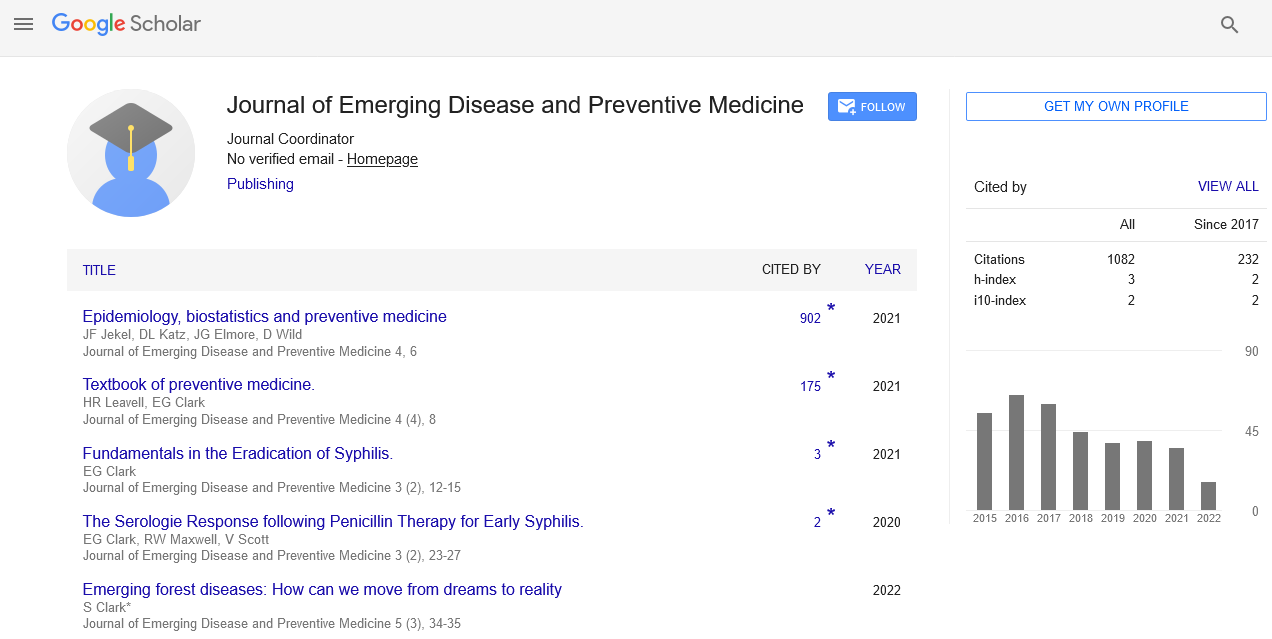
Sign up for email alert when new content gets added: Sign up
Abstract
Assessing the effectiveness of interventions increasing the uptake of HIV testing for people of African and Caribbean heritage In High Income Countries - A Systematic review
Author(s): Kristine Blake**Frequently, rural America is referred to as a residual: that which is not urban A little over 95% of the landmass is occupied by just under 20% of the population, or around 60 million people. Food, energy, and recreation are just a few of the ways rural Americans contribute to the general viability and health of the other 80% of Americans. Almost 40% of the military is made up of people from rural areas, making them crucial to national security. There are numerous definitions that relate to rural demography. According to rural researchers, the use of these various definitions, which are mandated by federal, state, and local agencies and data resources, may cause misunderstanding and unfair resource distribution, depending on the description employed. In addition, rural people are older, sicker and poorer and they have less access to education and health care, according to government demographic data and rural health services. Although there are certain parallels between rural communities and inner city ones, when taken as a whole, these rural descriptions and traits show a distinct culture of health exists in rural America. This latter possibility is discussed in recent publications. University of kansas school of social welfare researchers identified cultural traits such as a strong sense of independence and a strong connection to land or place. How rural dwellers themselves define health is one of these cultural traits. Gessert and colleagues conducted a systematic literature review and discovered recurrent themes among rural populations that suggested these populations tend to emphasise more functional aspects of health, like preservation of the ability to work and the ability to continue in traditional social roles. Additionally, rural residents accept illness with higher levels of stoicism and what appears to be more fatalism. They tend to frame health in terms of independence and self-sufficiency. In conclusion, one rural health specialist described the setting for the rural health landscape as follows: Rural places have few resources but many strong relationships. This article describes how Social Determinants of Health (SDOH) that are unique to rural areas and barriers to accessing health care affect disease in rural populations.




